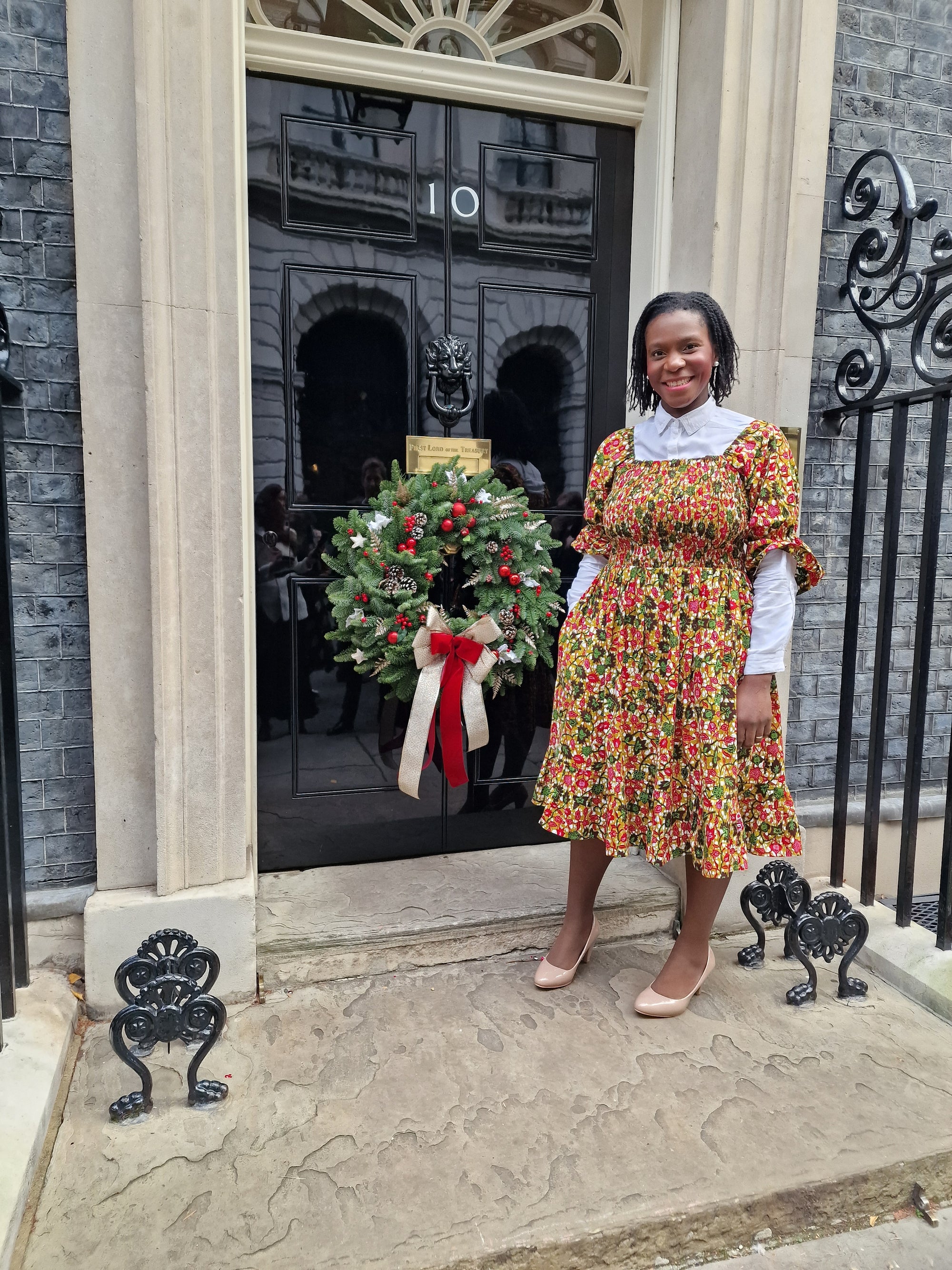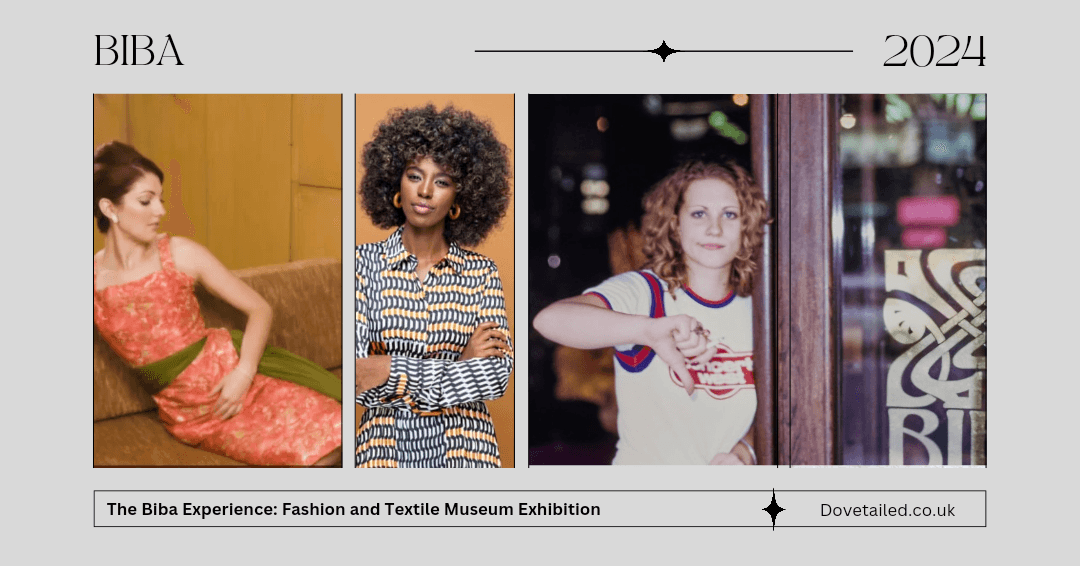As discussed in the second instalment of this series, Africans had been making different types of fabrics (mainly by hand) for centuries. These fabrics differed by region. At the same time that Africans were making, wearing and trading their fabrics across the continent, the export of cloth from the UK to Africa begins at around the seventeenth century, when it was exchanged for goods or used as currency. This really began the European textile trade into Africa. In the eighteenth century, machine-made textiles, also known as ‘Manchester cloth’, were some of the leading export commodities sold in Africa. During the mid-nineteenth century, the European textile trade in Africa changed. What we call ‘African’ wax print first came to Africa in the form of wax fabric which originated in what was then the Dutch East Indies, now Indonesia. Indonesians had for centuries created batik designs by applying wax to a cloth, and then dying over that wax to create a pattern. The Dutch later developed a mechanical method of applying resin to both sides of cotton cloth. This machine-made version of the fabric had a “crackle” effect as a result of the resin cracking and dye seeping into the cracks. These cracks remain visible in the fabric as small lines and dots after the resin has been removed.
African motifs and symbols are wax printed onto cotton.
Posted by Adaku Parker on




